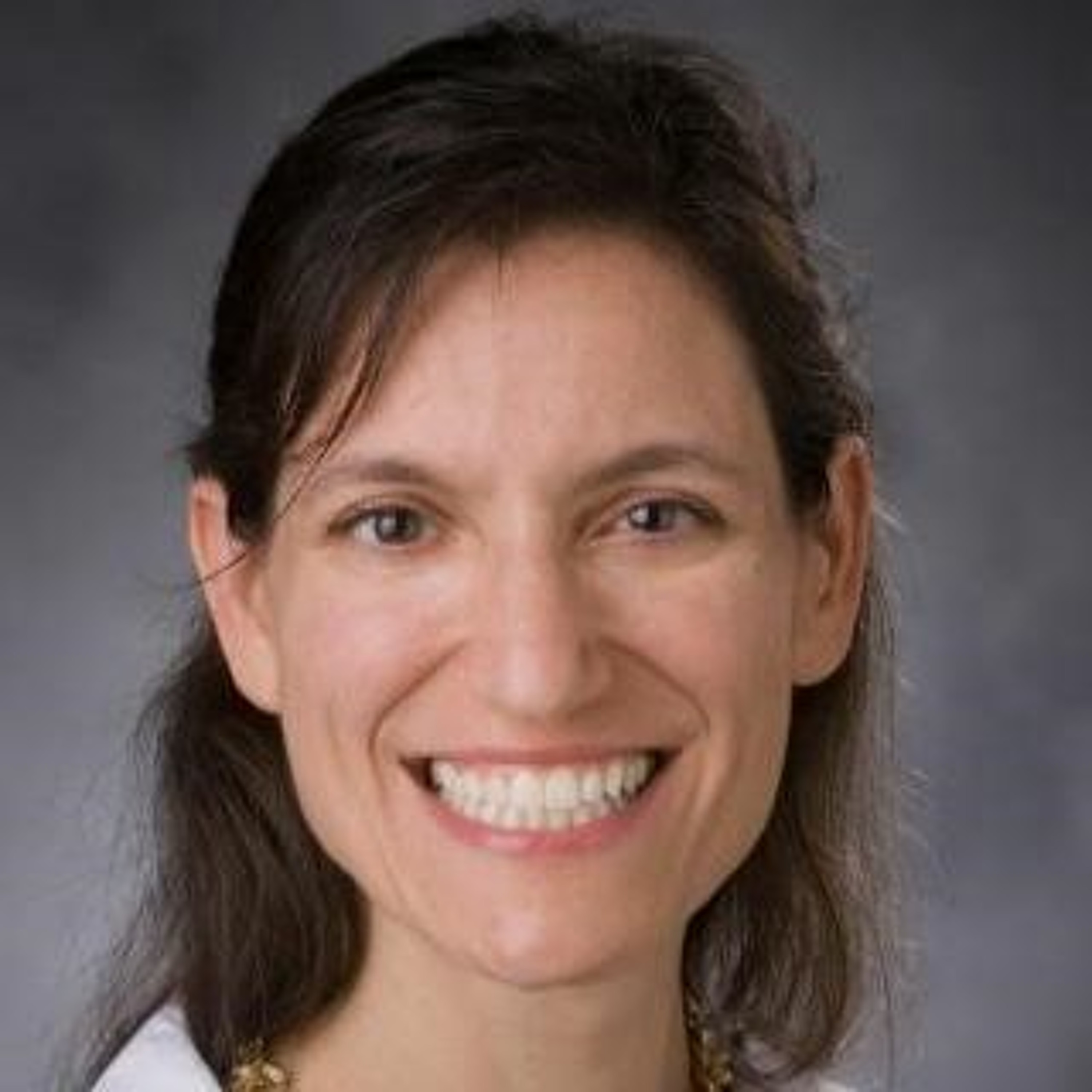A critical insight into how a childhood leukemia spreads to the brain

Cancer cells, explains Dorothy Sipkins, MD, PhD, \u201chave this tendency to steal from or copy the way that normal cells respond to their microenvironment.\u201d \n\nIn this conversation Dr. Sipkins explains how cancer cells profit from the tissue microenvironment. She also describes an important discovery made by her lab, showing how acute lymphoblastic leukemia (ALL) cells get around the blood-brain barrier to find the microenvironment in the central nervous system where they flourish.\n\nDorothy Sipkins, MD, PhD, is an associate professor at the Duke University Medical Center in the Division of Hematological Malignancies and Cellular Therapy. Dr. Sipkins runs a lab that\u2019s focused on tissue microenvironments, or \u201cniches, that regulate the migration, survival and regeneration of cancerous cells.\u201d \n\n3:42 \u2013 Why the tissue microenvironment is so important\u2026\n\n8:02 \u2013 \u2026and how different microenvironments are crucial for cancer cells\n\n11:55 \u2013The treatment challenges resulting from the movement of acute lymphoblastic leukemia (ALL) cells into the central nervous system \n\n16:17 \u2013 The long, difficult (but absolutely critical) journey her lab took to understanding how ALL gets around the blood-brain barrier to find the tissue microenvironment that allows it to flourish \n\n30:36 \u2013 How her lab is trying to find \u201cthe best drug, the best tool, the best way to inhibit this process\u201d in patients\n\n31:07 \u2013 How ACS helped advance her research\n\n32:52 \u2013 A message she\u2019d like to share with survivors and caregivers